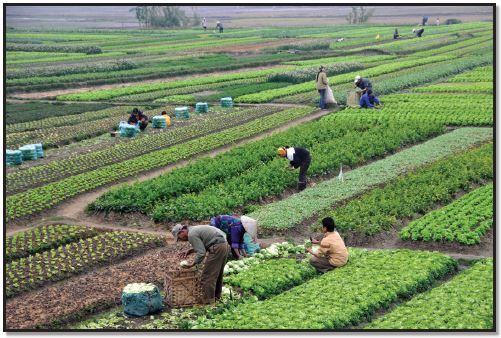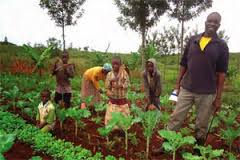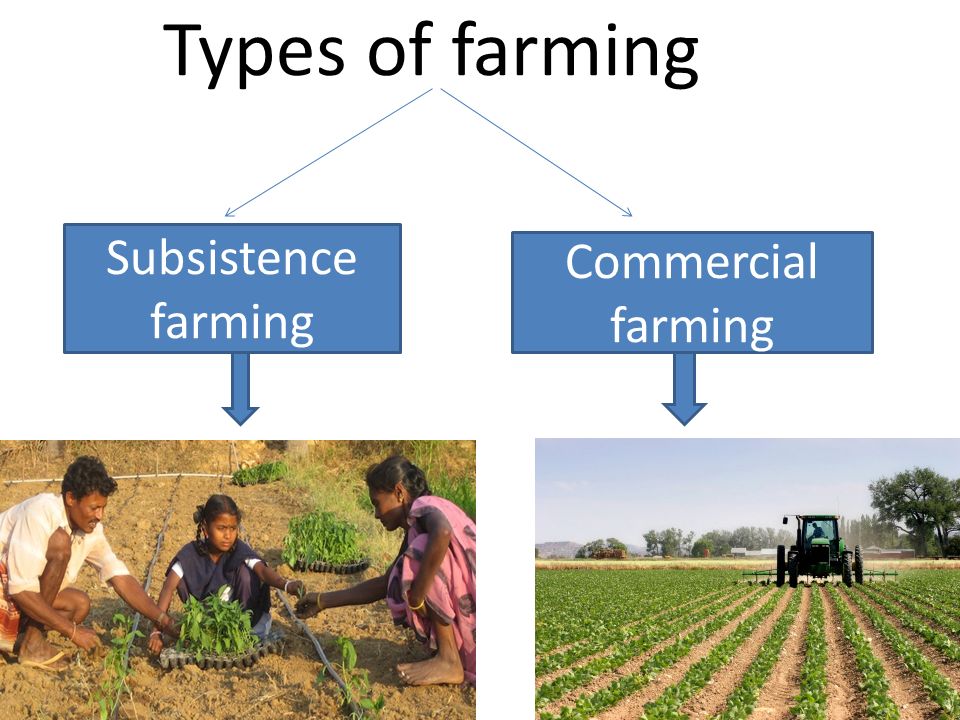Comprehending the Effect of Commercial Farming vs Subsistence Farming on Neighborhood Economies
Comprehending the Effect of Commercial Farming vs Subsistence Farming on Neighborhood Economies
Blog Article
A Comprehensive Take A Look At the Challenges and Benefits of Modern Agriculture
Modern agriculture stands at the crossroads of advancement and sustainability, offering a multitude of chances and obstacles. With innovations like accuracy farming and biotechnology encouraging boosted productivity, the sector concurrently comes to grips with essential concerns such as ecological destruction and socio-economic variations. As we explore the intricate balance between technological progress and its more comprehensive influences, the inquiry develops: can we accomplish a sustainable future that benefits both the environment and farming areas? The course onward requires a cautious evaluation of these dynamics, welcoming stakeholders to take into consideration the possibility for transformative adjustment in agricultural practices and plans.
Technical Improvements in Farming
Technological innovations in farming have actually transformed the farming sector, driving increased performance and effectiveness. Technologies such as precision automation, biotechnology, and farming have changed traditional farming techniques, permitting more profitable and sustainable procedures. Precision farming utilizes GPS technology, sensing units, and data analytics to enhance field-level monitoring relating to plant farming. This method allows farmers to use inputs like water, fertilizers, and chemicals extra sensibly, lowering waste and lowering expenses while enhancing returns.
Automation in farming has actually additionally pushed the market onward, with the intro of independent tractors, drones, and robotics. These technologies reduce labor demands and enhance operational speed, permitting prompt growing and harvesting. Drones, particularly, supply beneficial aerial imagery and data, assisting farmers in keeping an eye on plant health and wellness and identifying concerns early.
Biotechnology has actually likewise played a critical role in progressing agricultural techniques. Jointly, these technical innovations have laid the groundwork for an extra durable and lasting farming future.
Environmental Obstacles
Agriculture deals with numerous ecological challenges that endanger its sustainability and performance. The long-term practicality of farming land is endangered, necessitating the adoption of even more lasting techniques.
Water scarcity is one more substantial obstacle, particularly in regions where agriculture heavily counts on watering. Environment adjustment is increasing this problem, modifying precipitation patterns and increasing the frequency of droughts. Effective water administration systems, such as drip watering and rainwater harvesting, are important to minimize these results, yet their implementation remains uneven throughout various areas.
Moreover, agriculture is both a victim and a contributor to climate change. It accounts for a substantial share of greenhouse gas emissions, primarily from livestock production and rice farming. Transitioning to low-emission farming methods, such as precision farming and agroforestry, can help in reducing this impact. These methods need considerable investment and technical expertise, posturing an obstacle to extensive adoption. Addressing these ecological difficulties is crucial for guaranteeing a sustainable farming future.

Financial Influences
The economic effects of modern-day farming are profound and diverse, affecting both neighborhood and global markets. Breakthroughs in innovation and manufacturing approaches have actually considerably raised farming productivity, leading to much more effective food supply chains and minimized prices for customers.
The capital-intensive nature of modern-day farming calls for substantial financial investment in equipment, my blog fertilizers, and genetically recommended you read modified seeds, which can be monetarily challenging for small farmers. Furthermore, worldwide market fluctuations can influence the productivity of farming exports, making economic climates reliant on agriculture at risk to financial instability.
Additionally, aids and trade policies in industrialized nations can misshape market value, influencing affordable equilibrium and potentially disadvantaging farmers in developing nations. Generally, while modern agriculture drives economic growth, it additionally necessitates browsing complex monetary landscapes to ensure sustainable and fair development.
Social Ramifications
While modern agriculture has actually produced substantial developments, it additionally presents different social effects that require factor to consider. One major issue is the variation of small farmers due to the increase of huge agricultures. As corporate farming entities progressively control the agricultural landscape, smaller sized ranches typically battle to compete, causing the disintegration of country communities and conventional farming techniques. This change can cause a loss of local understanding and social heritage that smaller sized ranches maintain.

Such practices could likewise limit customer options and decrease the ability of neighborhood neighborhoods to manage their food resources. As these social effects unfold, it becomes critical to address them to make certain equitable and sustainable farming development.
Future Instructions
Looking ahead, several appealing avenues for modern-day agriculture could attend to the challenges encountered today while fostering lasting growth. Breakthroughs in innovation, such as precision farming, offer the prospective to maximize resource usage and increase effectiveness. By employing data analytics and artificial intelligence, farmers can make educated choices relating to plant management, causing lowered input costs and minimized ecological influence. Additionally, the assimilation of renewable energy sources right into farming practices might substantially read this article lower dependency on fossil fuels and add to decrease greenhouse gas emissions.
Biotechnology also holds immense promise for the future of farming. Genetically customized microorganisms (GMOs) and gene modifying techniques, like CRISPR, could enhance plant strength versus environment change, parasites, and conditions, hence boosting food protection. Diversifying crop ranges to include even more nutrient-dense and climate-resilient choices could strengthen both eco-friendly stability and human nutrition.

Final Thought
Modern farming, characterized by technical advancements, offers both challenges and chances. commercial farming vs subsistence farming. Resolving these intricacies requires a change towards lasting techniques that balance performance with environmental stewardship and social equity, thus ensuring a resistant future for global agricultural systems.
Modern farming stands at the crossroads of advancement and sustainability, offering a wide range of obstacles and opportunities. Furthermore, international market fluctuations can impact the earnings of farming exports, making economic climates reliant on farming at risk to financial instability.
Additionally, the extensive use of modern technology and automation in agriculture has led to a reduction in farming work possibilities.Looking in advance, several promising opportunities for contemporary farming might resolve the obstacles encountered today while fostering sustainable growth. commercial farming vs subsistence farming.Modern farming, defined by technical advancements, presents both opportunities and difficulties
Report this page